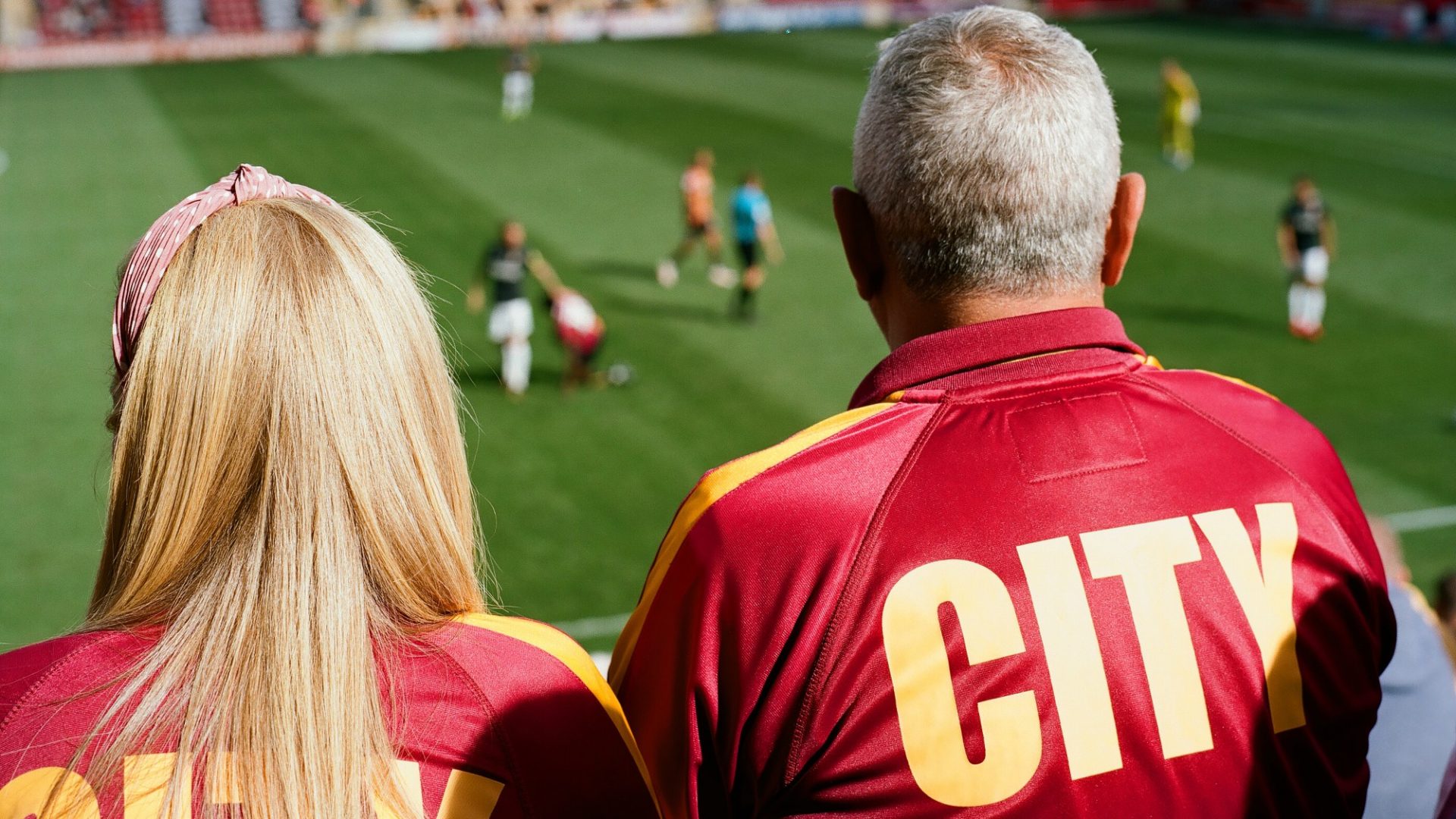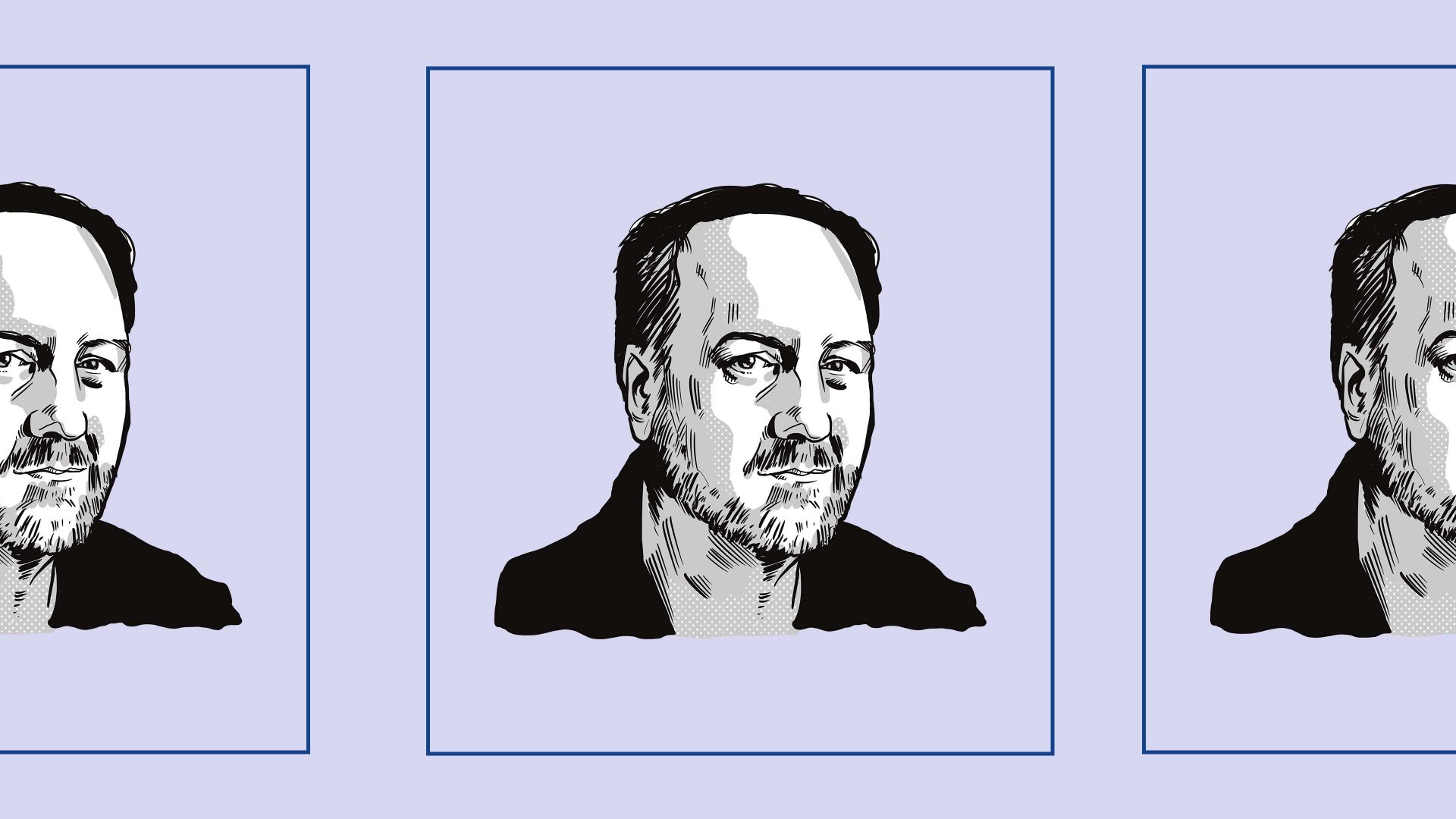Welcome back, football. Some will feel you never went away, what with the Euros in Germany, the lower-key Olympic tournament in Paris and the endless transfer talk. But now you really are coming home as we fans head back to the grounds we have grown up in, back to the people we have celebrated and groaned with, back to the teams we love.
The Community Shield takes place on Sunday, curtain-raiser to the glossy, cash-rich Premier League. But before that we have kick-off for the three-tiered Football League, which calls itself “the highest attended league body in Europe.” Last season, its 72 clubs pulled in a combined 21 million supporters. Nobody in the world matches these sorts of figures.
The season has already started in Scotland, with 21.3 attendees of football per 1,000 head of population stretched across its top four divisions. That is 65% higher than the second-placed country in this respect, the Netherlands (England and Wales ranks fifth in Europe). People in Scotland love their football more than anyone else in Europe.
And then there is the big beast of the English Premier League. Last season it clocked 14.6 million attendees, with an average per match of 38,617.
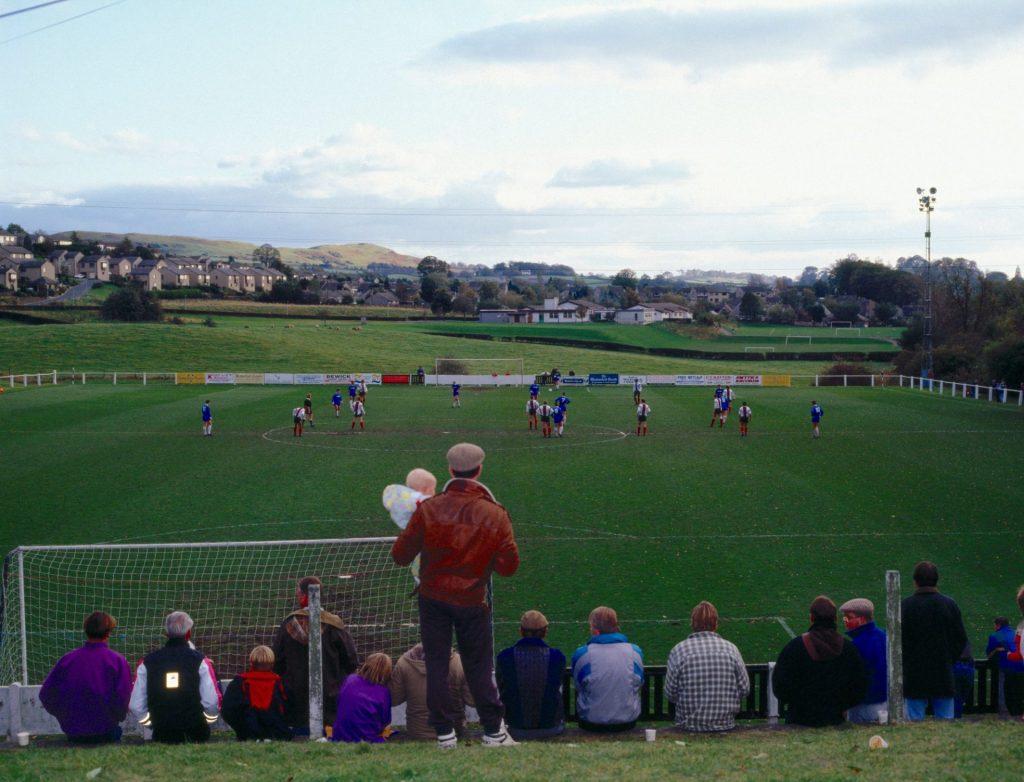
edge of the Lake District in 1991
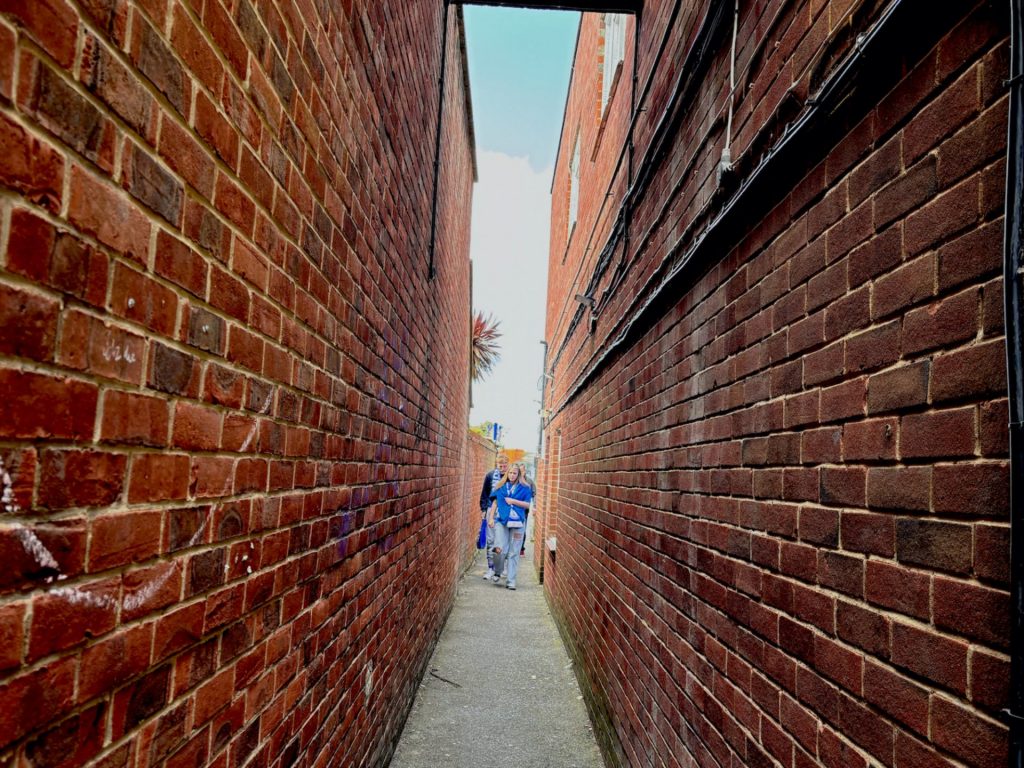
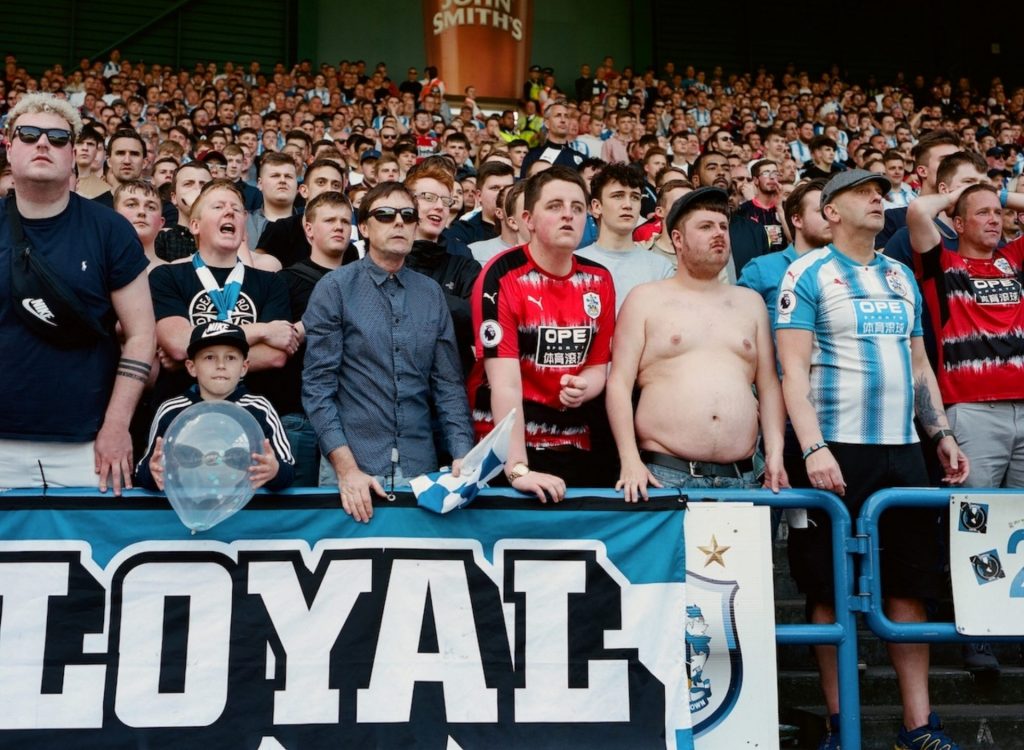
Nobody ever believed it possible after the gloom and tragedies of the 1980s, but these sorts of figures hark back to the pre-hooligan glory years in England of the 1960s.
Despite the cost-of-living crisis, despite falling real-terms wages and soaring ticket prices, despite the cost of following your team across various streaming subscriptions, despite the weather, and despite the sometimes dodgy facilities, people in the UK still vote with their feet: to go to the football. They are the people I have been photographing for three decades, in stands and on terraces across Britain, Europe and the world.
This still is the people’s game (and those people are now mostly in Labour constituencies; in England and Wales, all but one of the 92 league clubs are in non-Conservative seats, with League Two new boys Bromley the outlier).
Football, it is clear, continues to articulate a vital set of ideas about community, belonging and identity beyond the marketplace, and it does so in an otherwise disorderly and increasingly confused world. Those extraordinary images of tens of thousands of people locked together in Germany, violence-free, indicates that a new post-hooligan era of sporting competition and national unities may be upon us.
Maybe Arsène Wenger was right after all – that politics can learn a lot from football about how we in Europe can interact and live peaceably together. It is quite the turnaround.
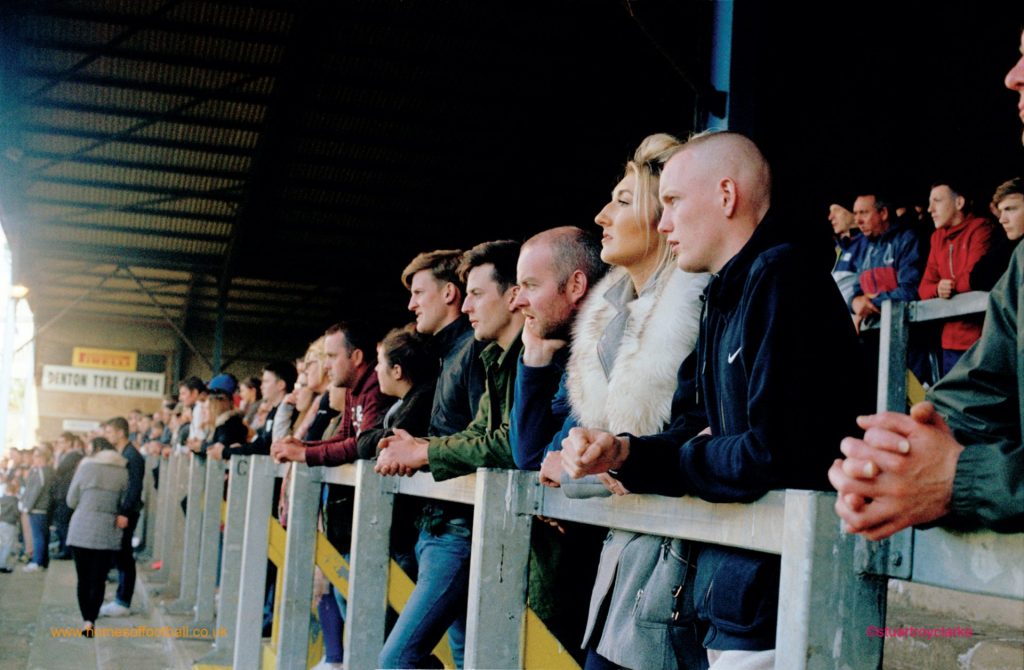
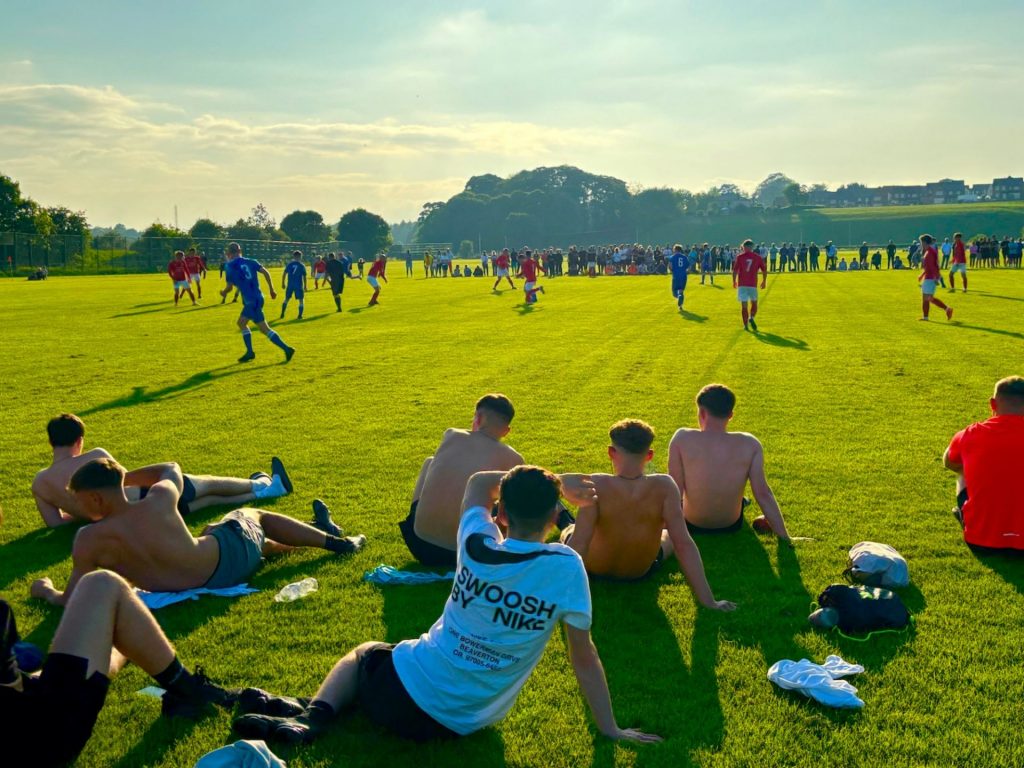
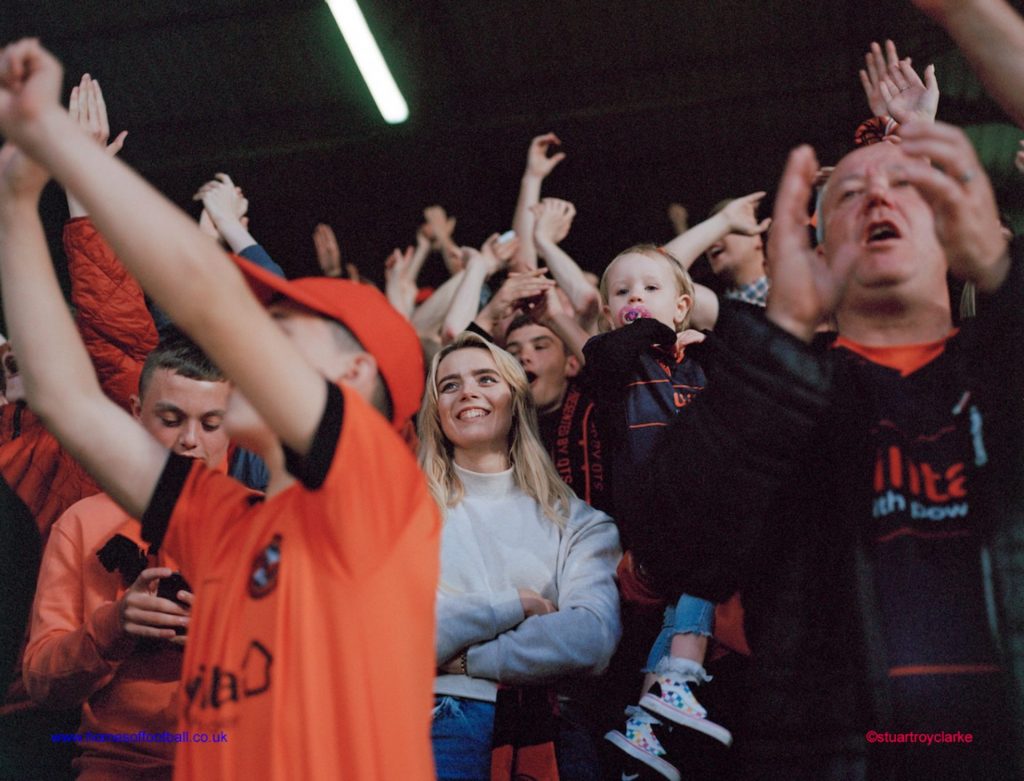
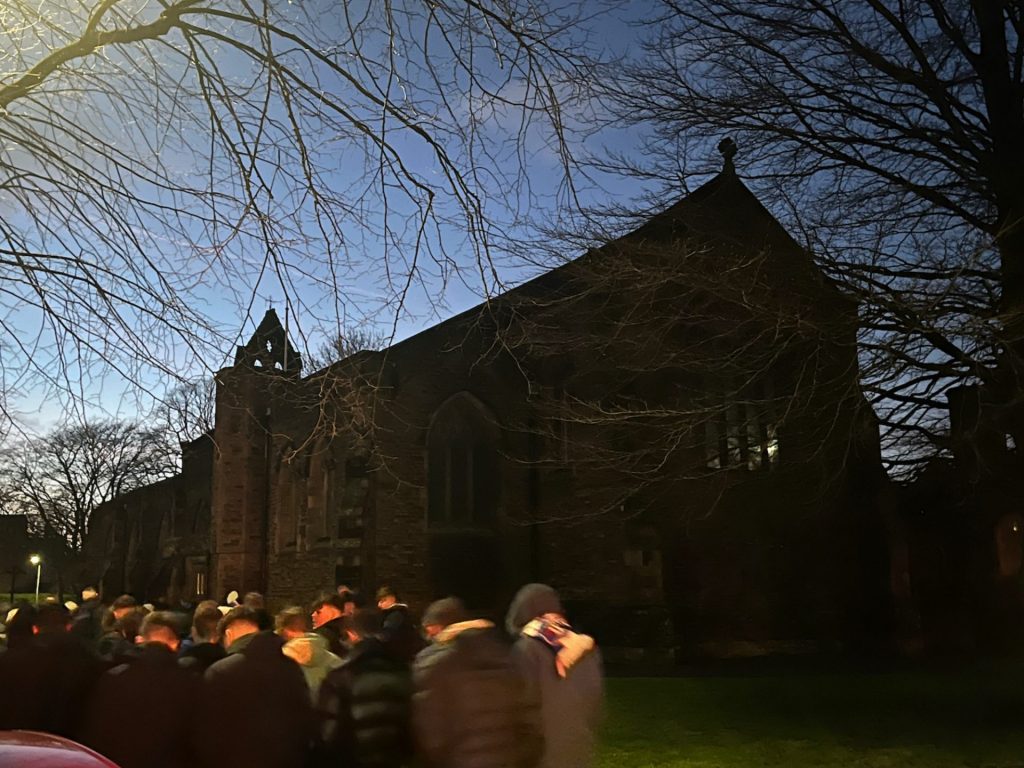
Football’s troubles now lie not with the people who watch the game – to whom it truly belongs – but with those who affect to own it. Only 43 of the famous 92 are now controlled by British interests (of which three are entirely supporter-owned/run). The rest are owned by foreign companies, people or states, with American owners running 23 clubs, India three clubs, and Saudi Arabia and China two apiece.
Nationality has little to do with being a “good” or “bad” (read successful or unsuccessful) owner in British football, but whether you are a fan of a club at the top of the tree or the bottom of the pile, you are almost certainly being squeezed.
Labour is committing to a new Football Governance Bill which may end up being one of the highlights of this season. It is intended to beef up protections for fans, including on changes to stadium locations or club names and colours, as well as committing to imposing a “fair financial flow” between the Premier League and the Football League.
Who knows what this might look like. But the notion that supporters might feel, at last, that there is someone looking after them, their game and its soul, is a breakthrough.
More protection on ticket pricing would also be widely welcomed. Fans feel their loyalty is exploited by clubs, who never consult on ticket costs, or season-ticket price rises. Supporters cannot choose between different products, and complain that clubs know not renewing an expensive season ticket risks potential exclusion for ever.
Liverpool supporters (among others) have pointed out that matchday revenue has declined so much these days, compared to booming commercial and broadcast revenues, that ticket price rises add little to overall club income. Why bleed financially challenged loyal supporters dry when football is cash-rich and means so much to ordinary people?
There are also complaints that clubs resent offering older fans price reductions – they seek a younger, more affluent, fan base. “Older fans feel unwanted” is often the lament.
All that is to come – together with 10 months of talk about Arne Slot, Erling Haaland, Bukayo Saka, Leny Yoro, Enzo Maresca and of course VAR. There will be full-on singing and shouting for your club in the stands, in the changing rooms, in the pub, the office, the street and the shower. Welcome back.
For more from Stuart Roy Clarke, visit homesoffootballco.uk

